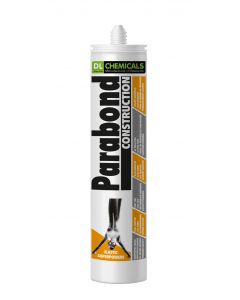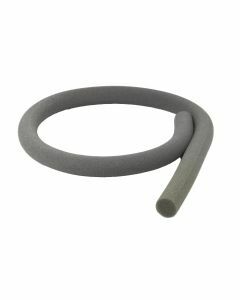How are joint sealants renovated?
Inspection of the joint
Sealing and expansion joints should be inspected annually, but also when there is a suspicion of water penetration through the joint. In large construction projects, it is not practical to inspect all joints. Only a sample is then taken. In case of joint failure, it should be agreed with the project owner how often an inspection should take place and the size of the sample.
1. Visual inspection:
- Loss of adhesion (the sealant detaches from the substrate)
- Cohesive sealant failure (the sealant shows cracks or fissures)
- Cohesive substrate failure (the substrate is cracked or coming loose)
2. Visually, not all defects can be seen immediately, so gently prod the sealant with a blunt tool.
What if the joint is defective?
A joint must be replaced when aging or deterioration of the sealant occurs. When defects are found in the joint sealant, the causes of these defects (such as degradation of the joint material, excessive movement in the joint, poor installation procedures, etc.) must be assessed, so that these can be taken into account when selecting the new joint:
- Number, type, and location of the defects
- The general condition of the joint sealant
- Joint dimensions (depth and width, to be determined by cutting samples)
- Type and condition of the backing material (e.g., foam rod)
- Type and condition of the joint substrate
-
General observations (e.g., water ingress, evidence of previous repairs of cracks or substrate damage, etc.)
Recommendations for renovation
RENOVATION DUE TO INSUFFICIENT JOINT SEALANT
Before renovation takes place, it is important to determine why the joint sealant was insufficient. In a second step, this influencing factor must be eliminated or a sealant must be chosen that can withstand these conditions. In case of doubt, please contact our technical department.
RENOVATION DUE TO INCORRECT JOINT DIMENSIONS
If the joint sealant is insufficient due to incorrect joint dimensions, renovation must not be carried out using the same dimensions or a sealant with the same mechanical properties as the old one, as this will lead to recurring damage. The renovation must be done using a joint sealant that meets the required movement capabilities, or the joint dimensions must be adjusted to match the properties of the sealant.
COMPATIBILITY OF JOINT SEALANTS
During renovation, it is crucial to assess the compatibility between the old and the new joint sealant. Chemical incompatibility or the migration of a plasticizer from the silicone can lead to adhesion issues and may affect the cohesion of the new sealant. In case of doubt regarding compatibility, it is recommended to carry out a compatibility test. Also refer to our table on chemical resistance.
REMOVING AND RESEALING THE JOINT
- Cut the old sealant out with a knife or multitool, as close as possible to the edges of the sealant, and remove it.
- Also remove the old backing material.
- Consult the technical datasheets on this website for all information on correctly and properly applying the sealant.


